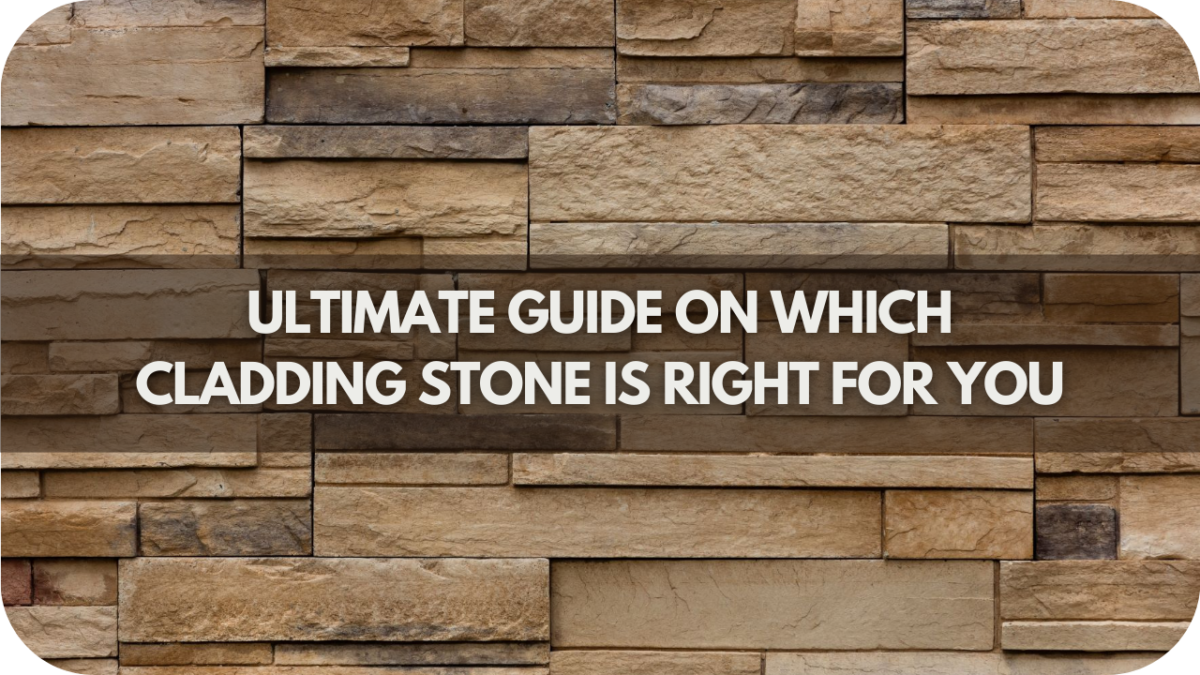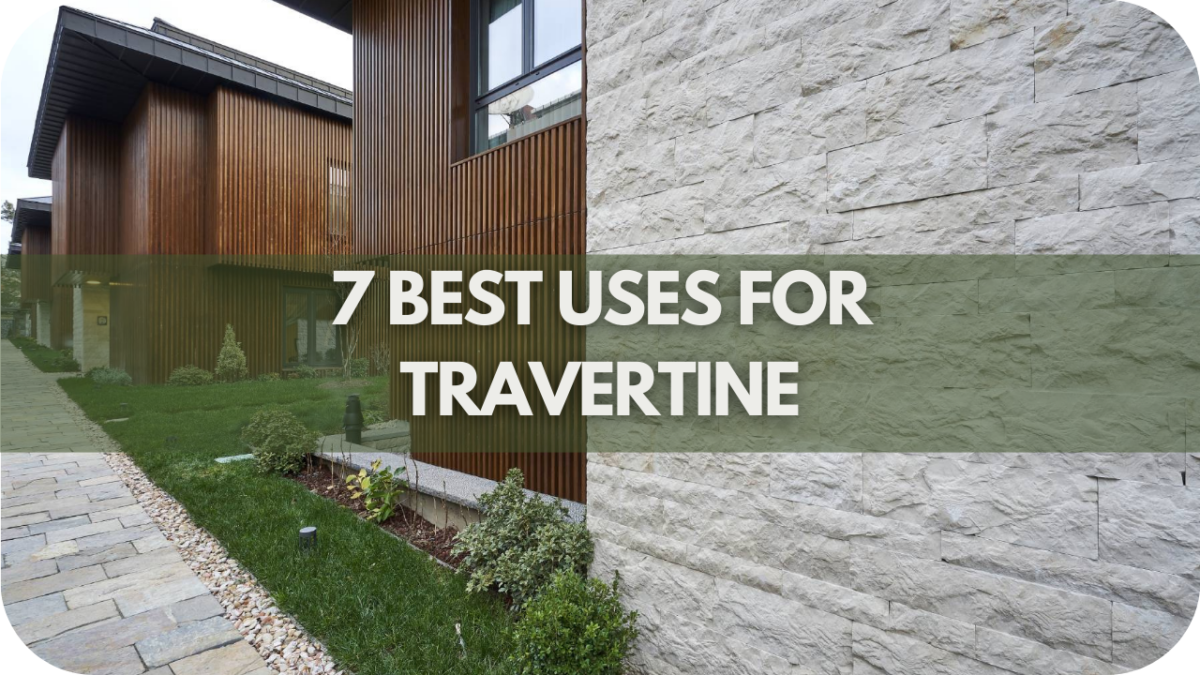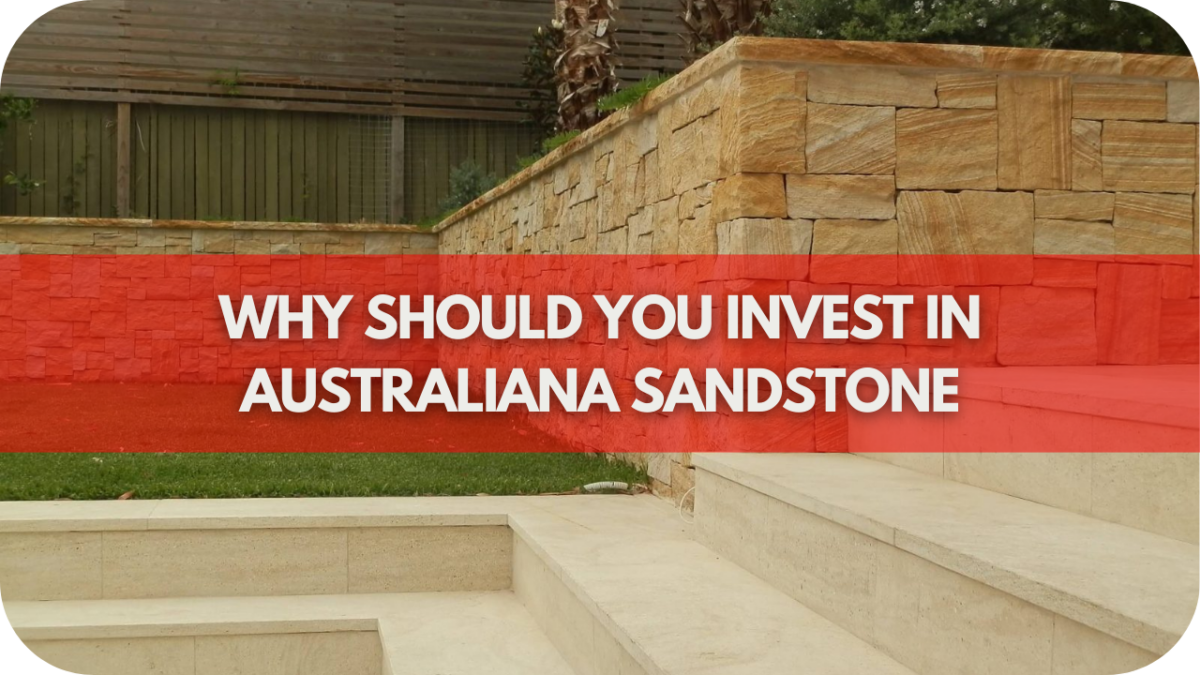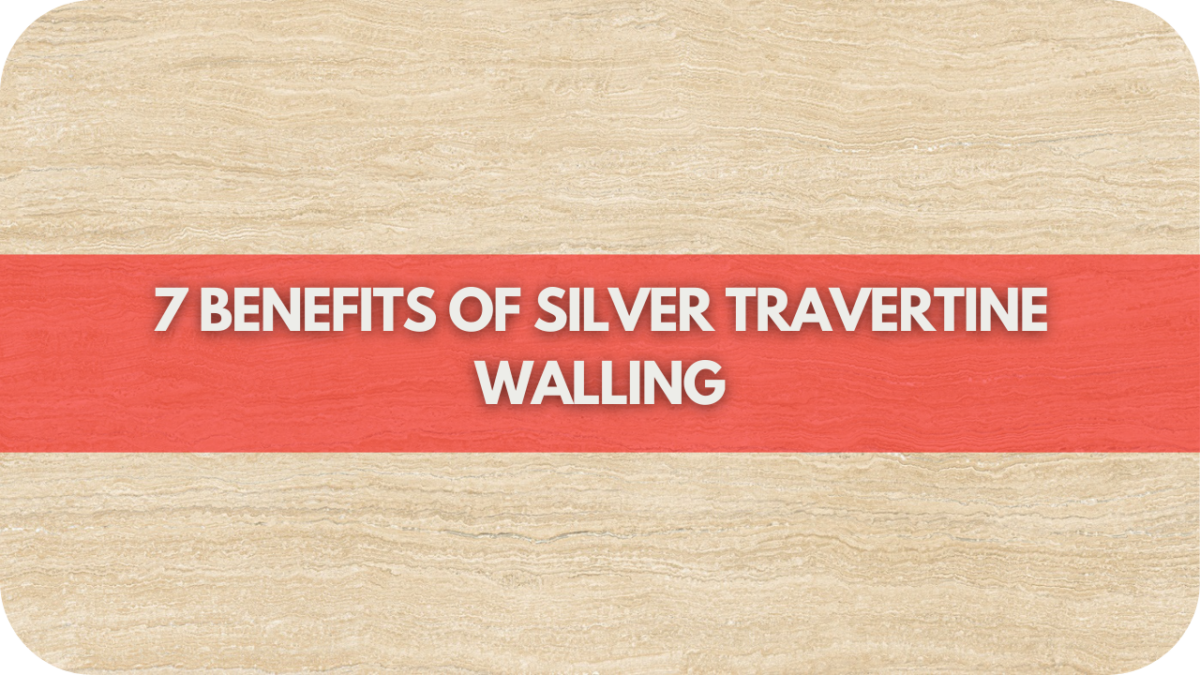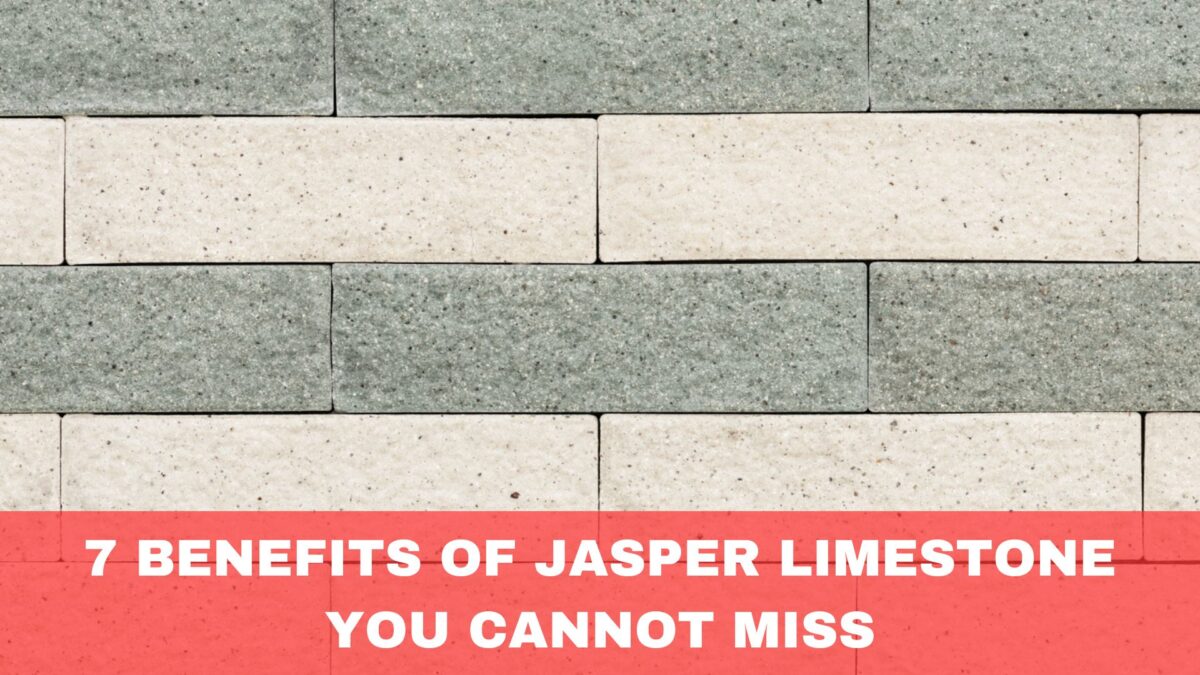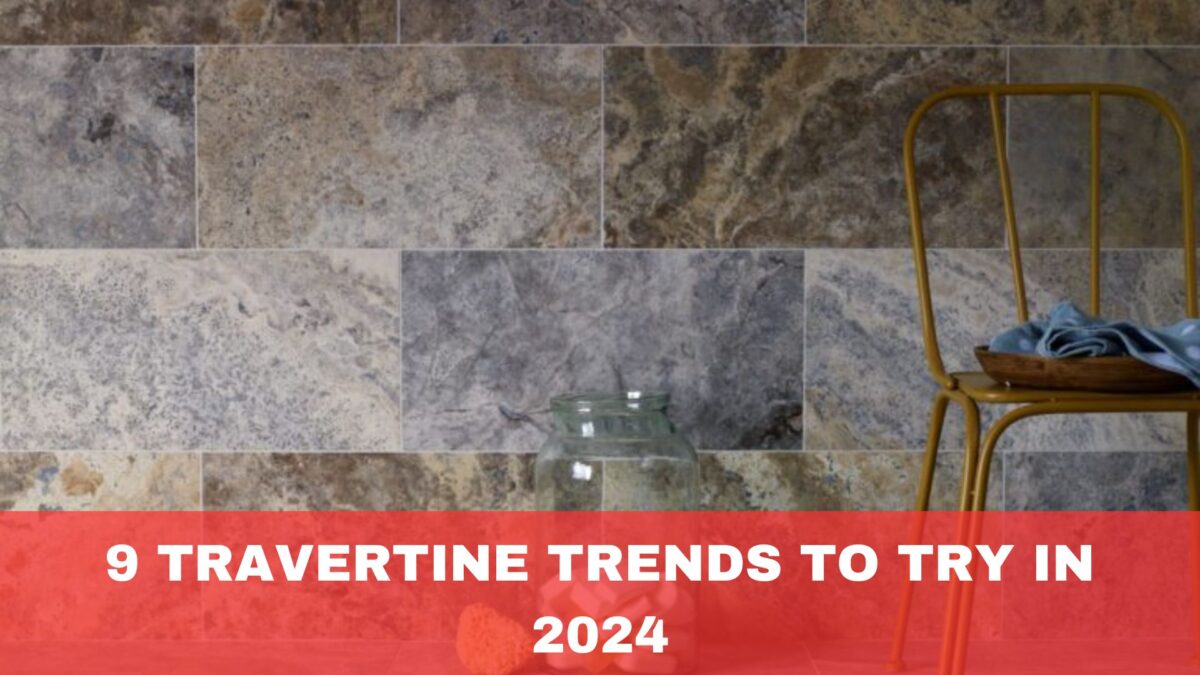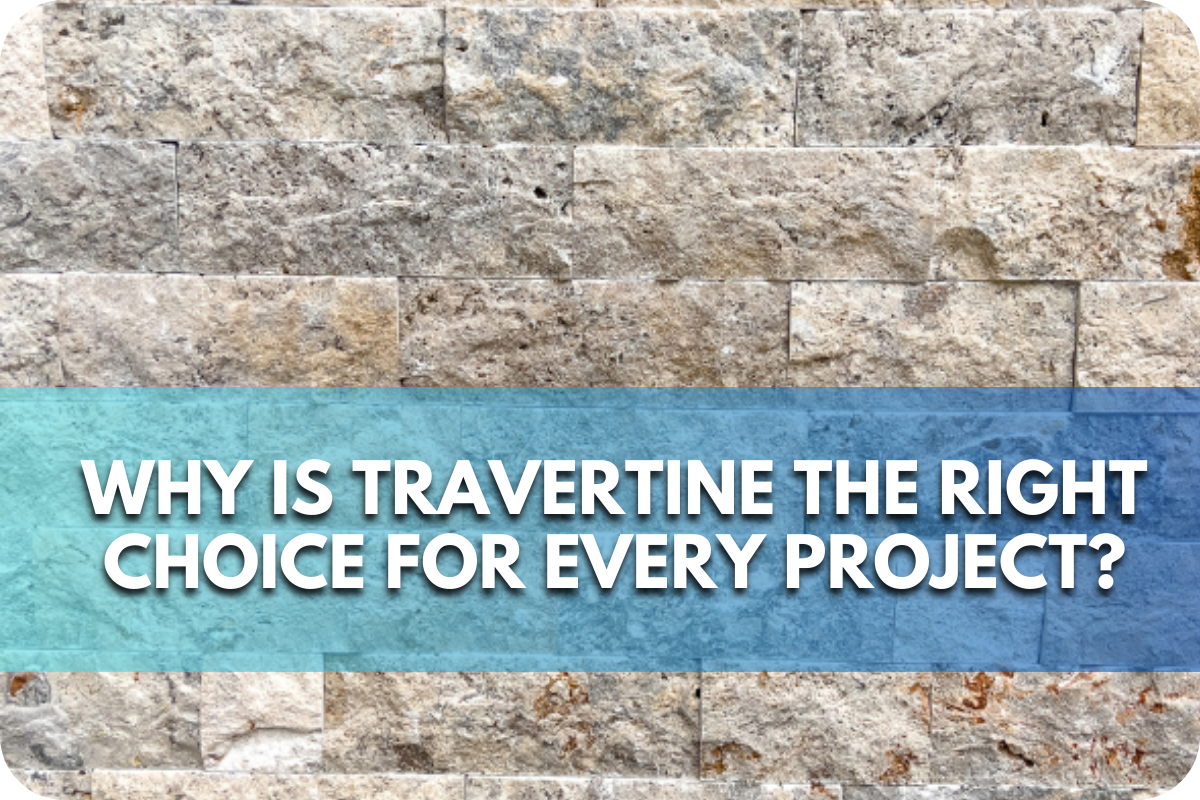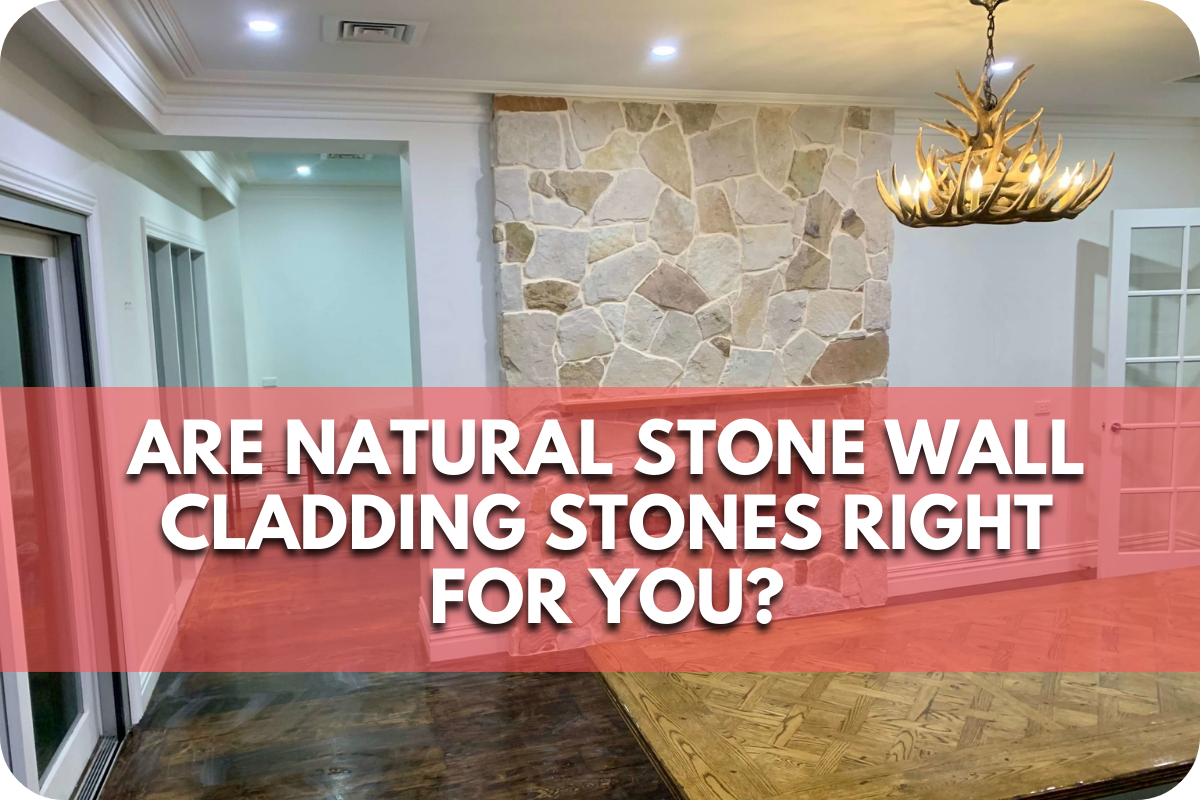Ultimate Guide on Which Cladding Stone is Right for You?
Choosing the right cladding stone for your home can blend style and practicality. While granite offers unparalleled durability for harsh climates, sandstone brings a soft, elegant touch that thrives in sunlight but weathers in the shade.
You want something beautiful but need it to stand the test of time. How do you strike the perfect balance? This guide will explore various stone options to help you make a stunning and enduring decision.
What is Stone Cladding?
Stone cladding is a decorative covering made from natural or engineered stone applied to walls or structures. It provides the appearance of solid stone while being lighter and more cost-effective. Stone cladding is often used for exterior façades or interior feature walls, offering aesthetic appeal and durability.
Types of Cladding Stones
The right cladding stone can redefine your home’s look, but each option offers unique qualities. Granite provides unmatched durability, while sandstone adds a warm, natural appeal.
Do you prefer a sleek, modern finish or something timeless and rustic? Your choice will impact both aesthetics and function. Let’s explore the different types and find the one best suits your style and needs.
1. Granite
One of the most durable cladding options, granite offers unmatched resistance to the elements. Its dense, non-porous structure withstands moisture and extreme temperatures, making it a top choice for exterior use.
Additionally, its natural strength allows it to retain its beauty with minimal maintenance. Architects and designers also love granite for its variety of colours, which range from deep blacks to soft greys, offering flexibility in design. Whether you’re after a modern or traditional look, granite can provide both longevity and visual appeal.
2. Sandstone
With its warm, earthy tones, sandstone brings a natural charm to outdoor spaces. Its porous nature means it thrives best in sunny areas, adding a timeless, rustic appeal to patios and garden walls.
However, sandstone may require more maintenance in shady, damp conditions due to potential discolouration and mould. Despite these considerations, sandstone’s ability to weather beautifully over time makes it a popular choice for traditional homes and heritage projects. Sandstone is hard to beat for those seeking an authentic, rustic aesthetic.
3. Limestone
When versatility is key, limestone is an adaptable choice for contemporary and classic designs. Its soft, neutral tones, including cream, white, and beige, offer a clean, elegant look that complements almost any architectural style.
Due to its relatively soft nature, limestone is more straightforward to shape and install than harder stones like granite. However, it’s essential to seal limestone to protect it from weather damage, especially in harsher climates.
Limestone remains a timeless option for those looking to add sophistication to their indoor or outdoor space.
4. Travertine
With its distinctive veining and pitted surface, travertine brings a luxurious, classic appeal to any space. Commonly found in Mediterranean-style architecture, this stone’s warm tones add elegance to façades, patios, and pool surrounds.
Travertine’s porous nature requires sealing to protect it from staining, but it can provide a long-lasting and visually appealing finish with proper care. Travertine offers a refined, sophisticated look, perfect for those who want to add a touch of class to their outdoor areas.
5. Quartz
Quartz stands out as a reliable option when consistency and durability are paramount. Engineered from natural quartz combined with resins and pigments, this material provides a sleek, modern look with its uniform appearance.
Its non-porous nature makes it highly resistant to scratches, stains, and heat, making it ideal for busy areas, whether inside or out. Quartz requires minimal maintenance, unlike natural stone, making it a convenient and practical option for modern homes.
6. Quartzite
Combining the beauty of marble with the strength of granite, quartzite is a premium choice for those seeking durability and elegance. Formed under extreme pressure, this natural stone offers exceptional resistance to heat, scratches, and etching, making it ideal for interior and exterior cladding.
Available in a range of subtle colours and veining, quartzite provides a sophisticated, high-end finish that suits luxury homes. Its minimal maintenance makes quartzite an attractive option for homeowners looking for style and longevity.
These cladding stones uniquely blend aesthetics, durability, and practicality. Whether you’re prioritising long-term durability, aesthetic appeal, or maintenance needs, there’s a stone that fits your project perfectly.
Factors to Consider When Choosing Cladding Stone
Choosing the right cladding stone affects the look and longevity of your home. It’s not just about aesthetics—there’s more to consider if you want your project to last. Let’s explore the key aspects that will ensure your choice is stylish and practical.
1. Durability
Durability is a crucial consideration when selecting cladding stones, as different stones offer varying levels of resilience. Granite, for example, is highly resistant to weathering, making it an ideal choice for areas exposed to harsh climates, such as regions with extreme heat or cold.
Conversely, while visually appealing, sandstone is softer and more porous, meaning it may require extra maintenance and care, especially in damp environments.
For areas with high foot traffic or constant exposure to the elements, choosing a durable stone like granite or quartzite will ensure your cladding remains intact and visually appealing for years.
2. Climate
Climate is pivotal in how well your cladding stone performs over time. Some rocks, like limestone, are better suited for warm, dry climates but may struggle in areas with heavy rainfall or freezing temperatures.
In contrast, slate and granite are more versatile, handling extreme heat and cold without significant wear. If your home is in a coastal area, you’ll want to avoid stones prone to salt damage, such as sandstone. Matching the stone’s characteristics to your local climate is essential to ensure long-lasting performance.
3. Maintenance
Maintenance is another factor to consider when choosing cladding stone. Natural stones like travertine and sandstone require regular sealing to protect against moisture, staining, and wear, especially in rainy or high-humidity areas.
In contrast, granite and engineered stones are low-maintenance options, needing only occasional cleaning to maintain their appearance. Before selecting a stone, consider how much time and effort you’re willing to invest in ongoing care, as this can significantly affect the stone’s longevity and visual appeal.
4. Cost
Cost is a key consideration in any cladding project, and it varies greatly depending on the type of stone you choose. High-end materials like quartzite or marble are more expensive but offer excellent durability and aesthetic appeal, making them a worthwhile investment for long-term projects.
More affordable options, such as sandstone or engineered stone, may lower upfront costs but could require more frequent maintenance or replacement. When planning your budget, it’s important to consider the purchase price and the long-term costs associated with maintenance and potential repairs.
Aesthetic
Aesthetic appeal is a highly personal consideration, but it plays a significant role in the overall look of your home. Stones like granite offer a sleek, modern aesthetic, perfect for contemporary designs, while sandstone and limestone provide a softer, more rustic feel, ideal for traditional homes.
The stone’s colour, texture, and finish can dramatically alter the appearance of your exterior, so it’s important to choose a cladding stone that complements the architectural style and enhances the visual impact of your property. The right stone can ultimately transform your home and increase its curb appeal.
Stone Cladding Patterns: How to Choose?
The pattern of your stone cladding can completely transform the look of your project, whether you’re aiming for sleek modern lines or a rustic, handcrafted feel. But how do you choose the best one? Each pattern has its own distinct character and impact, and the right choice will elevate your design while adding depth and texture. Let’s explore how to select the perfect cladding pattern for your space.
1. Random Ashlar
Random Ashlar is popular for those seeking a structured yet organic feel. This pattern utilises a mix of rectangular and square stones laid in a seemingly random order. The combination of shapes adds variety and depth to walls while maintaining an orderly look.
It works well in both modern and traditional designs, offering versatility without compromising on style.
2. Crazy Paving
Crazy paving provides a more rustic, natural aesthetic. This pattern uses irregularly shaped stones to create a free-flowing, artistic appearance.
Because of its unpredictable nature, crazy paving is ideal for those looking to add a unique, hand-crafted look to their walls or pathways. It suits projects aiming for a relaxed, organic feel.
3. Stacked Stone
Stacked stone is perfect for contemporary, minimalist designs. In this pattern, stones are stacked horizontally without visible mortar, resulting in a sleek and clean appearance.
The tight arrangement of stones creates a seamless finish, making it ideal for feature walls or exterior façades that require a modern, refined look.
4. Grouted vs. Dry Stack
Grouted patterns give a classic, polished appearance with visible mortar between the stones. On the other hand, dry stack provides a more seamless, modern look without visible mortar. Your choice will depend on your home’s architectural style and the overall aesthetic you wish to achieve.
Environmental Impact and Sustainability
Choosing sustainable stone cladding is essential in today’s environmentally conscious world. Natural stones like granite and limestone offer long-lasting durability, reducing the need for replacements and minimising waste.
However, the extraction of these stones can impact the environment, mainly if unsustainable quarrying methods are used. Locally sourced stones can significantly lower carbon emissions by reducing transportation distances and supporting local economies.
Reclaimed stone provides an eco-friendly alternative by reusing materials from older structures, decreasing the demand for new quarrying.
Additionally, some engineered stones are crafted from recycled materials, offering a sustainable option without compromising quality. Ultimately, selecting cladding that combines beauty with environmental responsibility ensures a more eco-friendly investment in your project and the planet.
Installation Considerations
Proper installation is vital to ensuring the durability and safety of your stone cladding. The first step involves assessing the substrate, which must be solid, clean, and ready to support the weight of the stone. A weak or uneven surface can lead to structural issues over time.
Mechanical fixing is often required to support higher walls or heavier stones. This is particularly important for installations over two metres tall, where metal angles are typically used regularly to prevent slippage.
The choice of adhesive also plays a crucial role in the installation process. Quick-drying adhesives work well for lighter cladding stones, but stronger bonding agents are necessary for heavier materials to ensure a secure fit.
Temperature and moisture levels should also be taken into account, as both can affect how well the adhesive sets. Installing cladding in extreme conditions can compromise the bond between the stone and the substrate, potentially leading to long-term problems.
Professional installation is highly recommended, especially for complex projects involving large areas or intricate patterns. A skilled installer ensures a beautiful finish and the structural integrity of the cladding for years to come. Proper installation must be noticed in your stone cladding project, whether for aesthetics or safety.
Advantages of stone cladding walls
Stone cladding enhances a home’s visual appeal, offering lasting durability and practical benefits.
Whether you’re looking for a material that withstands the elements or one that reduces energy costs, stone cladding delivers. Let’s explore how this versatile material can transform your space while offering long-term value and protection.
1. Durability
Stone cladding is renowned for its durability, making it an ideal choice for exterior and interior applications. Without losing its structural integrity, this material can withstand extreme weather conditions, including rain, heat, frost, and even strong winds. This durability ensures that your walls remain protected and visually appealing for years.
2. Insulation
In addition to its durability, stone cladding provides excellent insulation properties. Maintaining consistent indoor temperatures helps regulate heat, keeping homes cooler in summer and warmer in winter. This natural insulation can reduce energy costs over time, making it both an aesthetic and practical investment.
3. Low Maintenance
Stone cladding requires minimal upkeep, which is another significant advantage. Unlike other materials needing regular repairs or treatments, stone cladding often requires occasional cleaning to maintain its natural beauty. Its resistance to moisture and weathering ensures that it remains in good condition with minimal effort.
4. Property Value
Adding stone cladding to your home can significantly increase its property value. Potential buyers are drawn to the timeless beauty and durability of stone, making it a smart investment. The combination of aesthetic appeal and long-term durability enhances your property’s appearance and marketability.
5. Aesthetic Appeal
The aesthetic benefits of stone cladding are undeniable. With a wide variety of colours, textures, and styles available, homeowners can customise the look of their walls to suit their design preferences. Stone cladding adds depth and character to any space, instantly transforming the appearance of a room or façade.
Conclusion
Selecting the right cladding stone involves assessing your needs, consulting experts, and viewing samples. Carefully consider the factors and options discussed to make an informed choice.
Consult with Splendour In Stone Melbourne for tailored advice and high-quality cladding stone options. Elevate your project with our expert guidance and premium materials.

